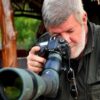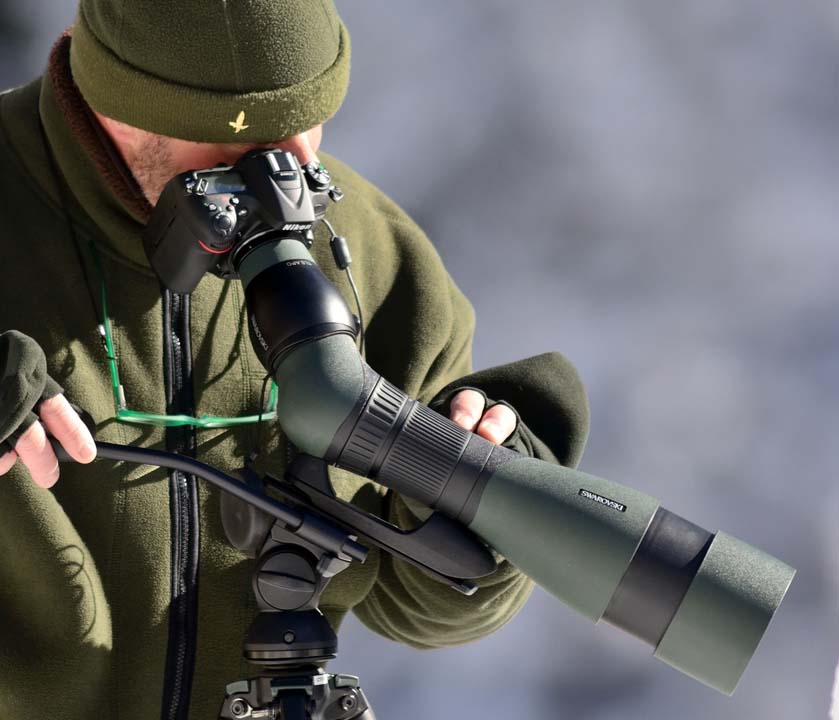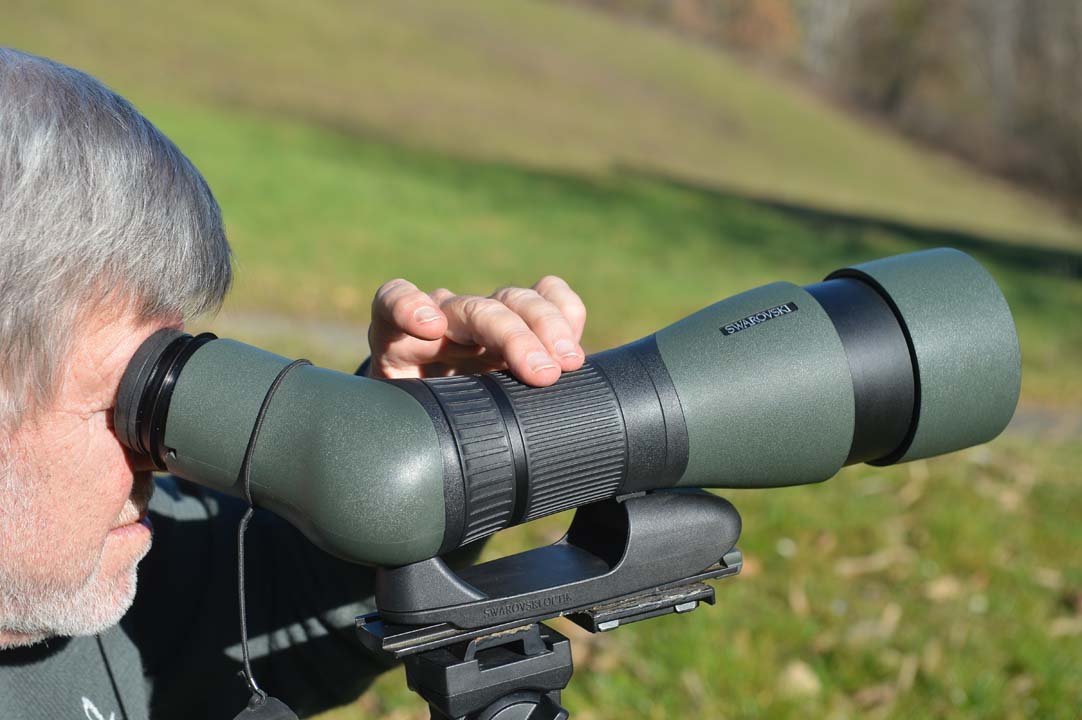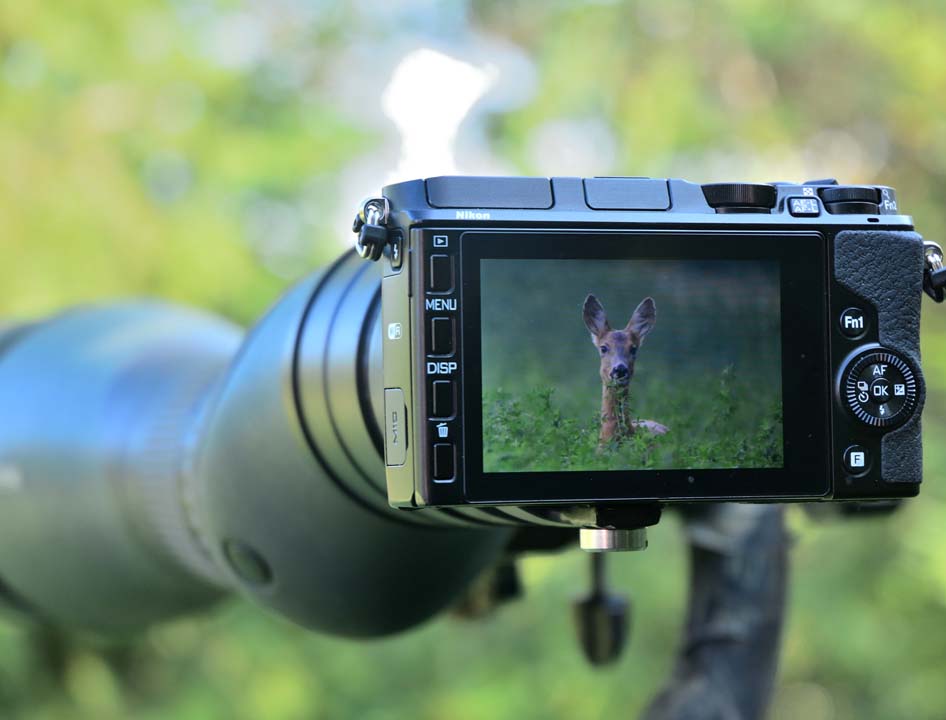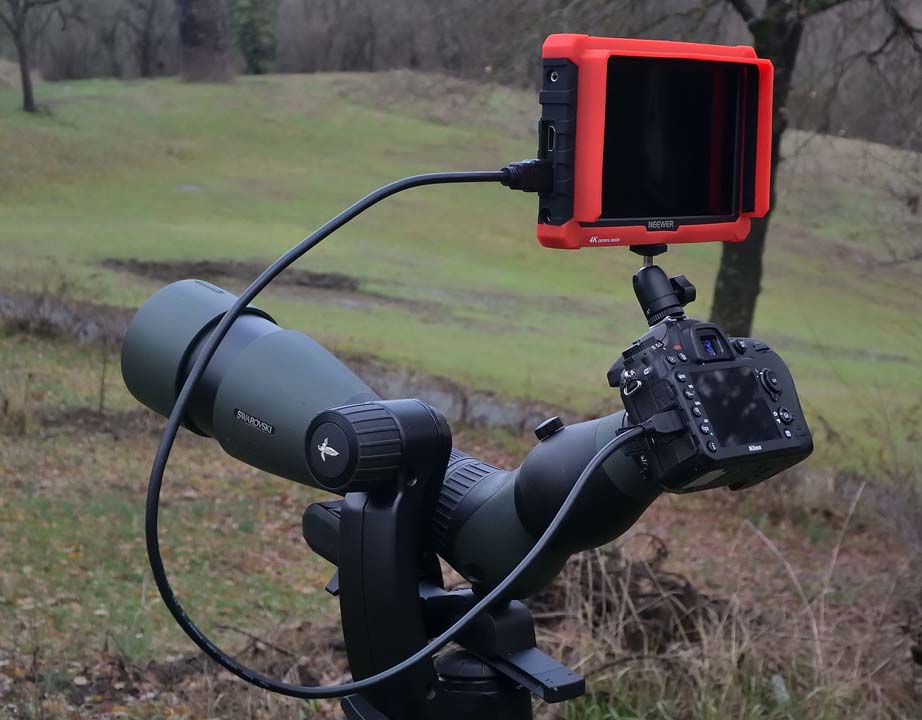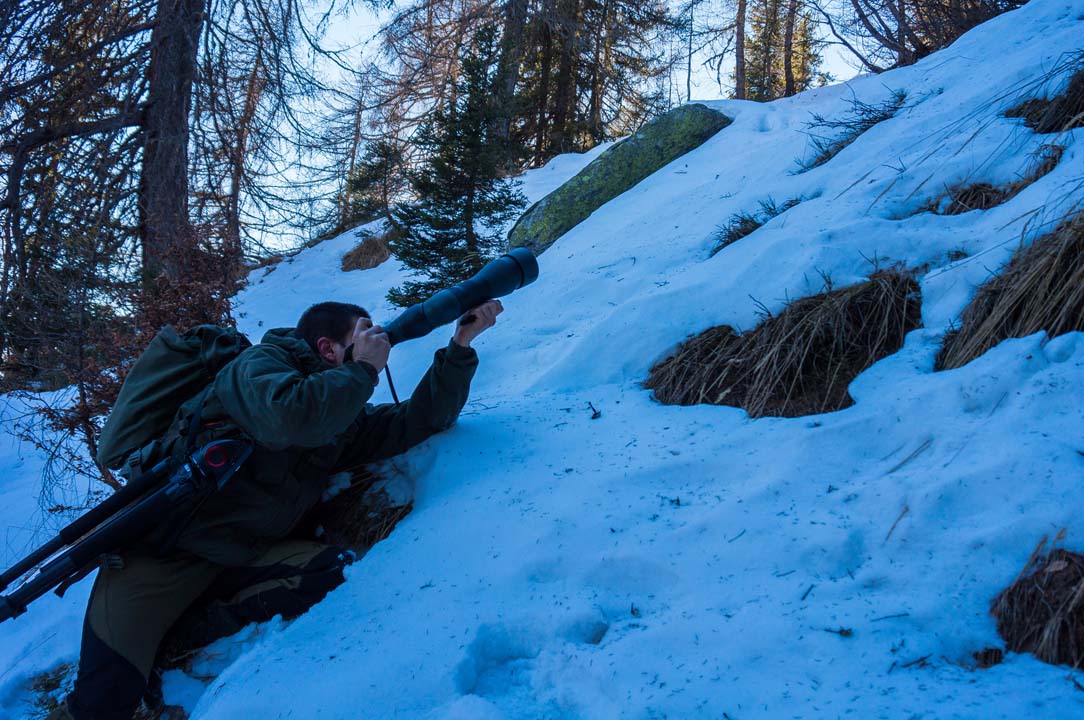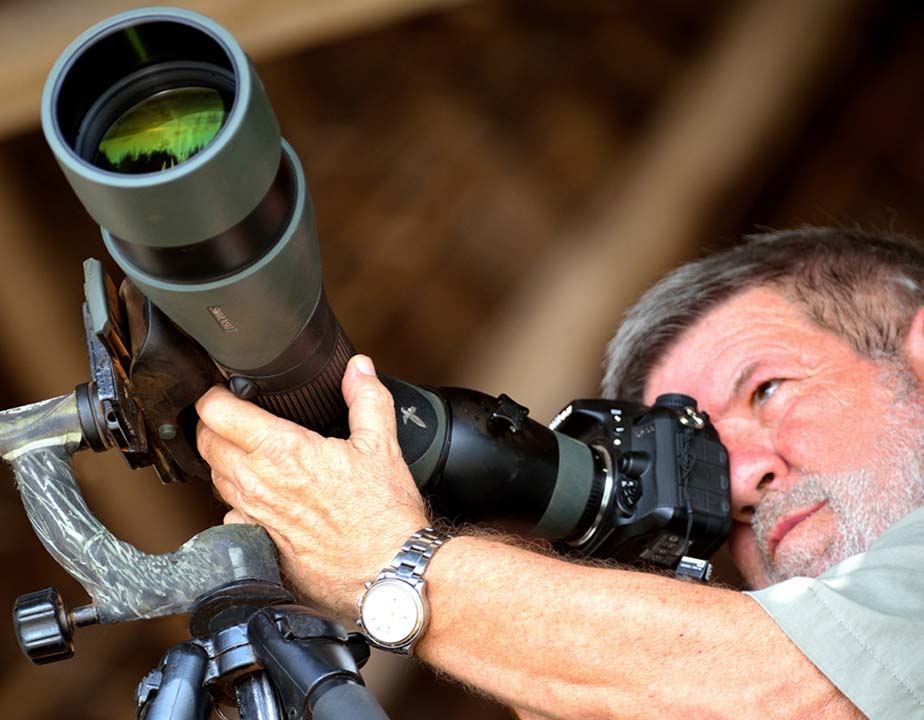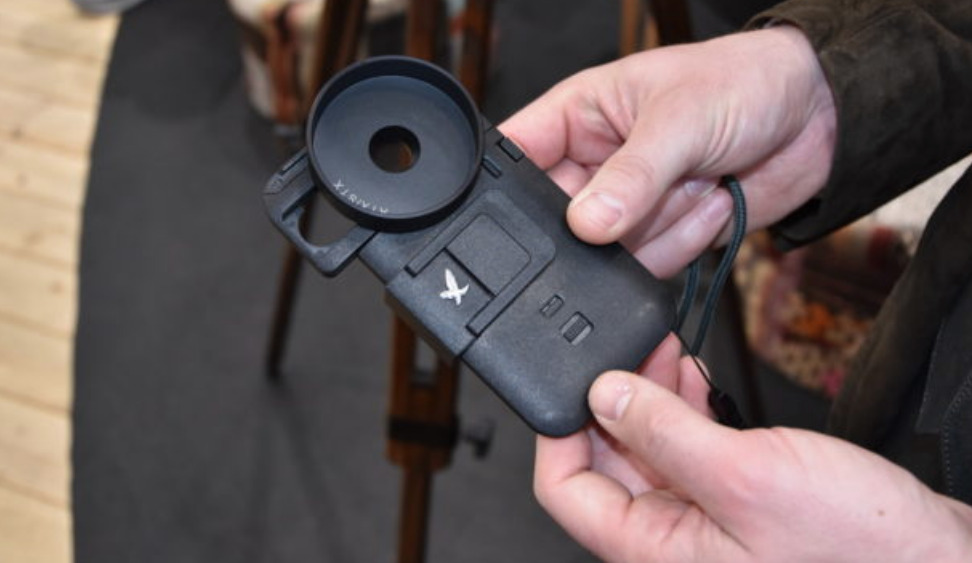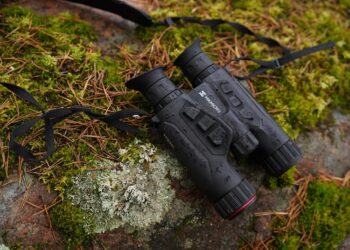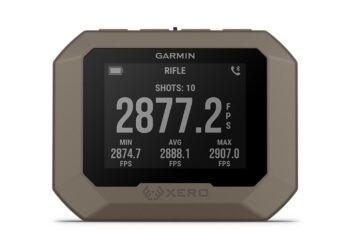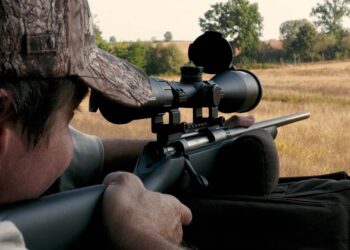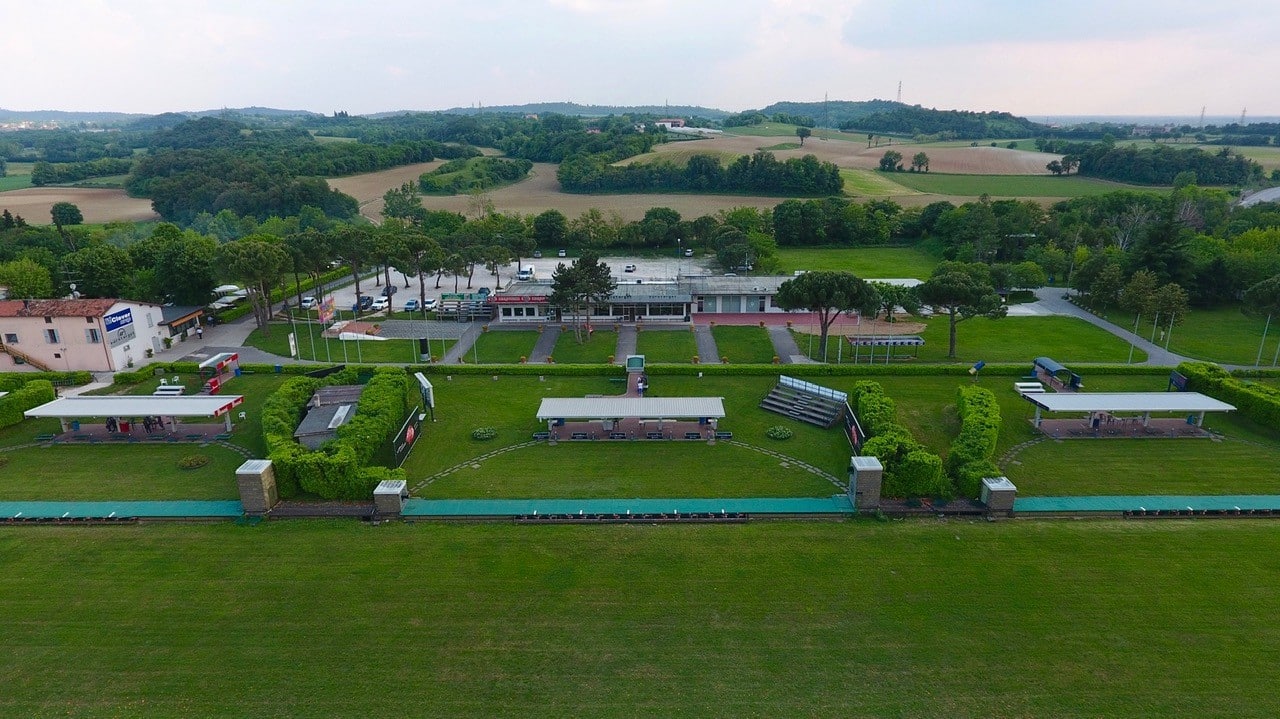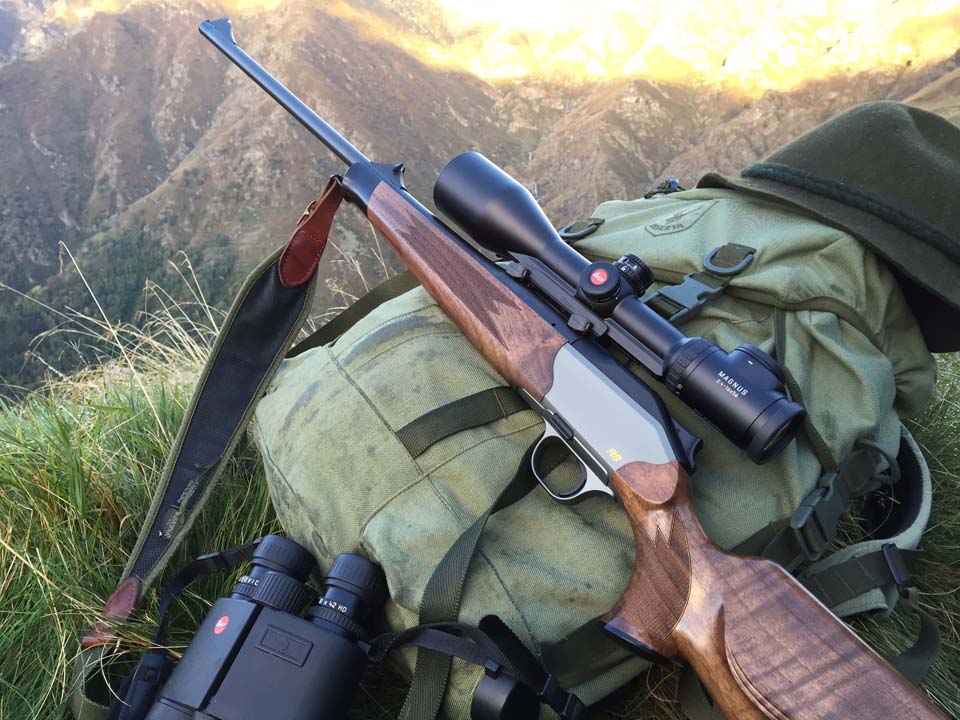
DIGISCOPING - Is the long straight or the angular one better? This is certainly the most recurring question that hunters and digiscopers ask us today and more than yesterday. Let's start by saying that the acronym that distinguishes the long products from SwarovskiOptik already highlights the "morphological" difference between ATX and STX, or between ATS and STS: the letter "TO" precisely means "angular", While the initial"S"Recalls the S shape, or straight, of the STX and in any case straight vision. But the differences don't stop there. On a structural level, of course, nothing changes regarding lenses, optical layout, magnifications, rings and so on, especially in the modular system (ATX and STX), in which the objective module (65-85-95) remains identical to regardless of the shape of the eyepiece. What changes, therefore, is precisely the shape of the ocular module; within the long, this translates to one more mirror (which serves to transmit vision to the eye) in model a "S". Anyway this extra mirror not it in no way affects the overall brightness.
We recall, however, that the presence - regardless - of internal mirrors, present in all modern terrestrial observation telescopes, responds to the precise need for limit the size of the telescope. Just to exemplify the extendable model (CTC 30 × 75) measures 49 cm, while the ATX65 has a length of 33,9 cm. Without prejudice, therefore, to the undisputed and high general quality - equal for all - of the current longs for observation and Digiscoping, the evaluation that counts concerns the use exquisitely practical of these prestigious optical instruments. It is precisely in this type of test that the difference between straight and angular emerges. Why do the vast majority of hunters, selecontrollers and digiscopers prefer angular?
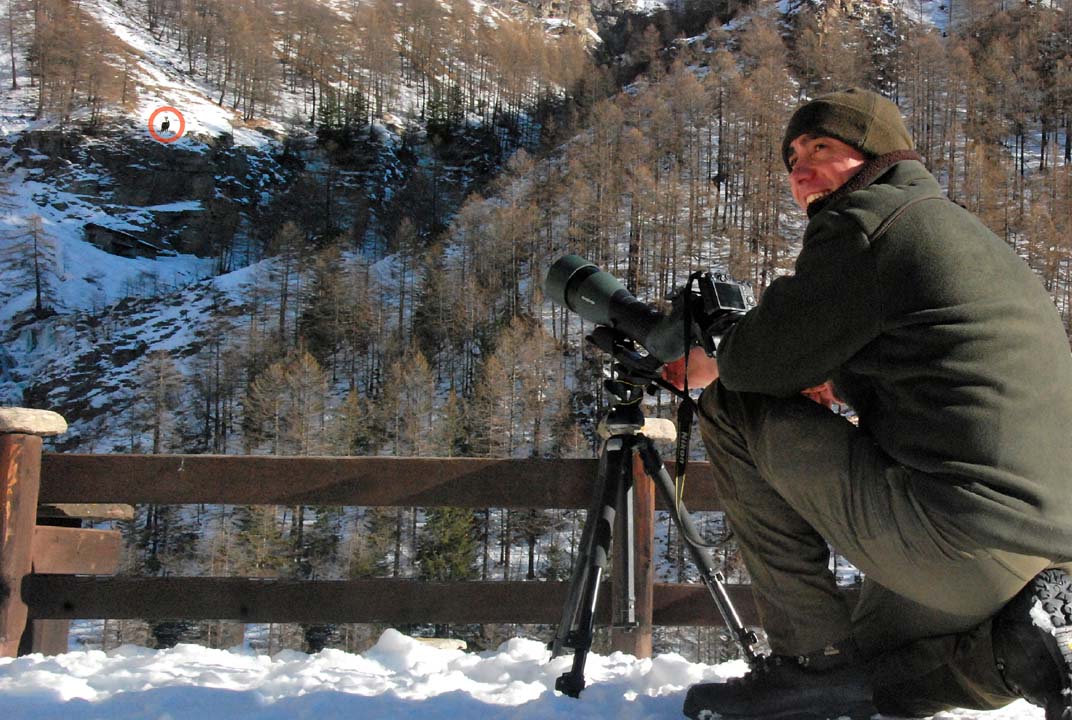
With straight models, the eye is clearly in line with the subject. Without curves or corners. Very well, therefore, when the framed subject is in front of us, at the same height. We don't have to contort or anything else: the vision is immediate, intuitive.
However, when the situation is not so “classic” (taller, lower, further forward, further back, at a large angle of the site, etc.) things change. Radically. In these cases, which are the vast majority, rectilinear vision is no longer possible, we would be forced to move, move with the body, writhe and much more to frame the subject, especially when it moves more or less quickly. Here, then, what angular models yes they demonstrate much better performance and, above all, take full advantage of the possibility of rotate on its own axis by 360 °. We will be able to stay still where we are, without any contortion of the body and having a view above, below, in front, behind, right, left and more than 180 °. Not only that: we can also have observations using the long as a periscope, or vice versa, always without moving from our position. It is as if we were to foray into a room while hiding in the corridor and using an angled barrel shotgun. Of course: it will take a (short) period to become familiar with this "L" view: at first it may seem unnatural, but a few "hours of flight" are more than enough.
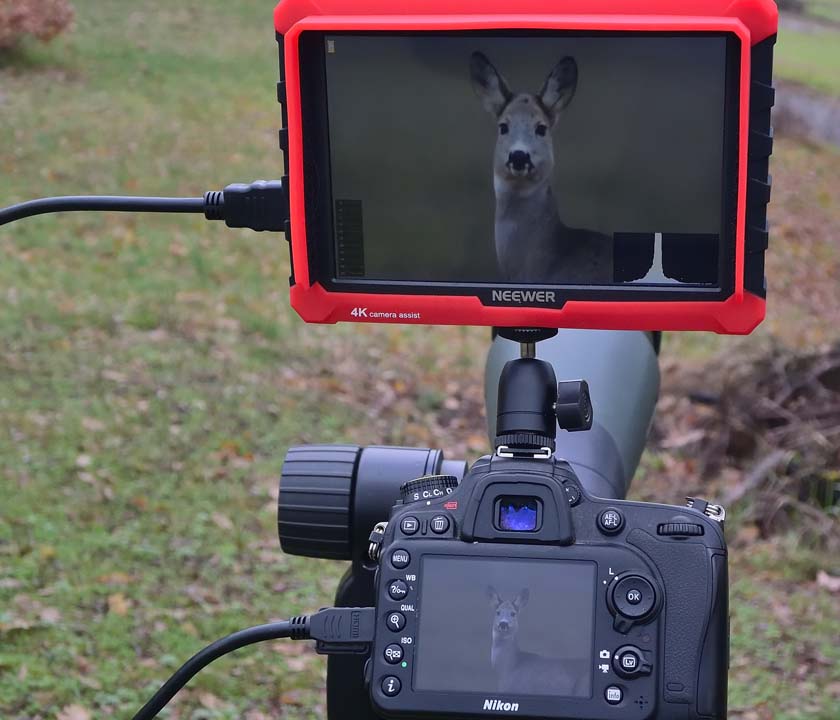
One example among many: we are on a mountain ledge, or by car, or in any case we do not want / can move and / or look out. With the long angle, and with the ability to rotate it up / down / right / left, without moving a finger and without contortions, we have an extremely large field. And if we want to observe a bird on a branch, or a chamois below, or with extreme site angles, we can do it without contortions and / or witch strokes. In a word, we must not modulate our position and the swing of the long according to the position of the subject. Instead, it will be the long ad adjust to our position static, whatever it is. Very useful to try all this in the field, in practice. We invite those who want to try before choosing to our Digiscoping and Observation workshops or to our equipped workstation. The advantages of angled telescopes are highlighted here in the field, also thanks to the modern additional high resolution monitors ([email protected] ).


